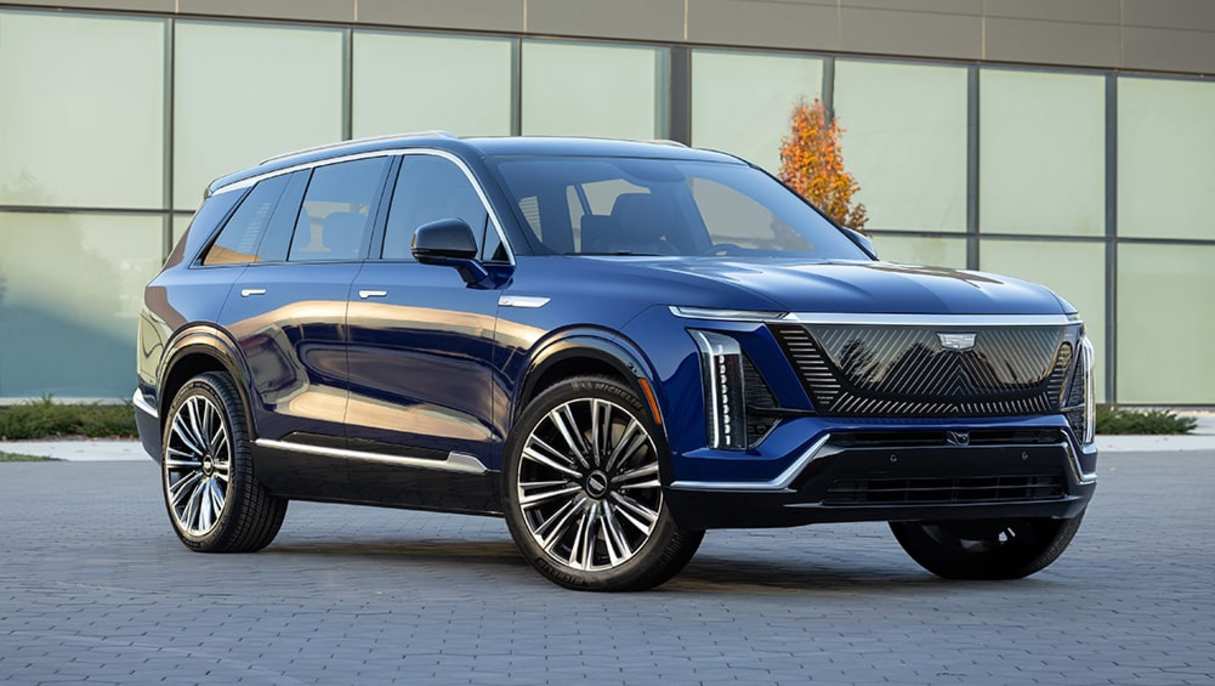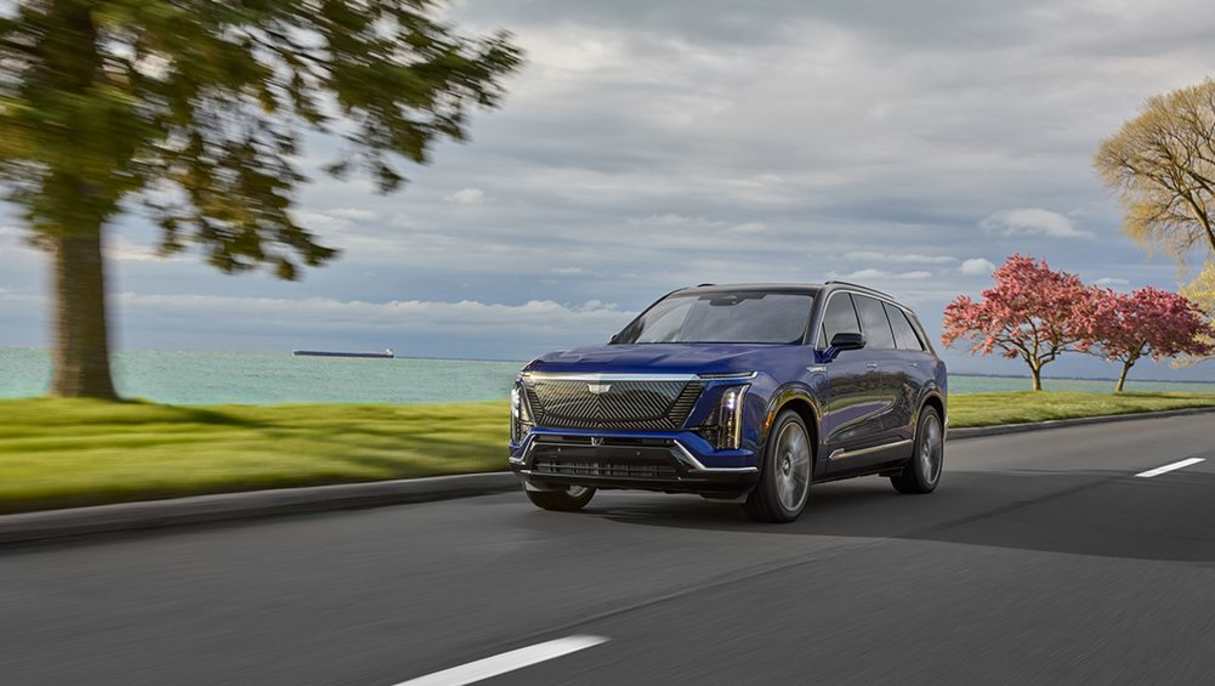American giant GM, which is in the midst of launching Cadillac as an EV-only brand in Australia, is determined to take on China, and win, when it comes to battery technology, announcing a new way of “layering” its batteries, which can reduce the number of cells by as much as 75 per cent, reducing both weight and cost.
At the same time, it is also radically changing the chemical composition of its lithium ion batteries — launching a new Lithium Manganese Rich (LMR) battery that greatly increases the amount of manganese used in battery cells. Manganese is much cheaper than other metals, like cobalt and nickel, which leads to even greater cost savings.
And Australia just happens to be one of the world’s largest producers of manganese.
Andy Oury is GM’s Battery Engineer and Business Planning Manager and has been working with battery technology since GM’s very first effort, the Chevrolet Bolt, and he believes the shift towards EVs is picking up pace, particularly in America.
“What we're finding is that buying an electric vehicle is a sticky decision for most customers; they buy their first EV and the next vehicle they buy tends to be electric — last year 86 per cent of people who bought an EV, their next vehicle was also electric (that figure is up from 68 per cent in 2021),” Oury explained.
“GM is now solids number two for EV market share, and our EV market share is now almost the same as our non EV market share right now, so we're really proud of that.”
The particular challenge for GM in the US is that it has to provide Americans with seriously huge electric vehicles, like the GMC Hummer EV, Cadillac Escalade IQ and the Silverado EV (as well as the slightly smaller Cadillac Vistiq, Optiq and Lyriq that will make up the Australian offering).
Oury and his team have been focusing on ways to provide the power and range those vehicles need with smaller, or at least fewer, battery cells.

“ The most challenging thing about batteries is actually what it comes down to one word; layers , and if you took all of the different layers of battery that's inside of one of our battery packs, in a vehicle like the Lyriq, you would have around 7,000 square feet of precision manufactured, super delicate, layers - we like to think of it as producing medical grade quality at industrial scale,” he explained.
Those layers can be wound or stacked in three different ways to create cylindrical, pouch or prismatic batteries, and GM has recently come up with what it says is an entirely new kind of prismatic structure, which it is now manufacturing as part of two joint ventures, with Samsung and LG.
“In the EV truck applications, we’ve actually stacked one layer of modules on top of the other, so you can have up to 12 on the bottom and another 12 on top, with a metal tray in between — so for example, you've got the Hummer with 24 modules,” Oury said.
“With the prismatic cells, that enables us to put fewer and larger modules into a battery pack, which means we can reduce the number of modules by up to 75 per cent (without reducing range). So for an EV truck, like the Hummer, we can go from having 24 modules to just six, which is a big saving.
“We don't think anybody's building a lower-cost cell in North America than we are.”

The other key driver of cost for batteries - which make up around one third of the cost of a modern EV - is chemistry. Oury explained that, until now, EV batteries have been built with high percentages of the more expensive materials, like nickel and cobalt.
“So you start looking for what's the next most affordable material, and it's manganese, so we're taking the manganese up to 60 or 70 per cent, take cobalt down to between zero and 2 per cent, and we're going to drop the nickel down to 30 or 40 per cent,” he explained.
“The result is a called LMR - or Lithium Manganese Rich, and what we mean is it has more lithium and more manganese than you would typically find in an LFP (Lithium Iron Phosphate) battery.
“This is not easy to do, but we've addressed it with how we manufacture te every element of the cell. And the LMR batteries we’ve got now have 33 per cent more energy density than the best LFP cells.”
Oury was reluctant to give exact figures on how much cost, and weight, GM’s two innovative battery technologies will save, but admitted they were “significant”.
.jpg)

.jpg)


.jpg)



.jpg)

.jpg)

.jpg)



.jpg)
.jpg)

.jpg)
.jpg)

.jpg)